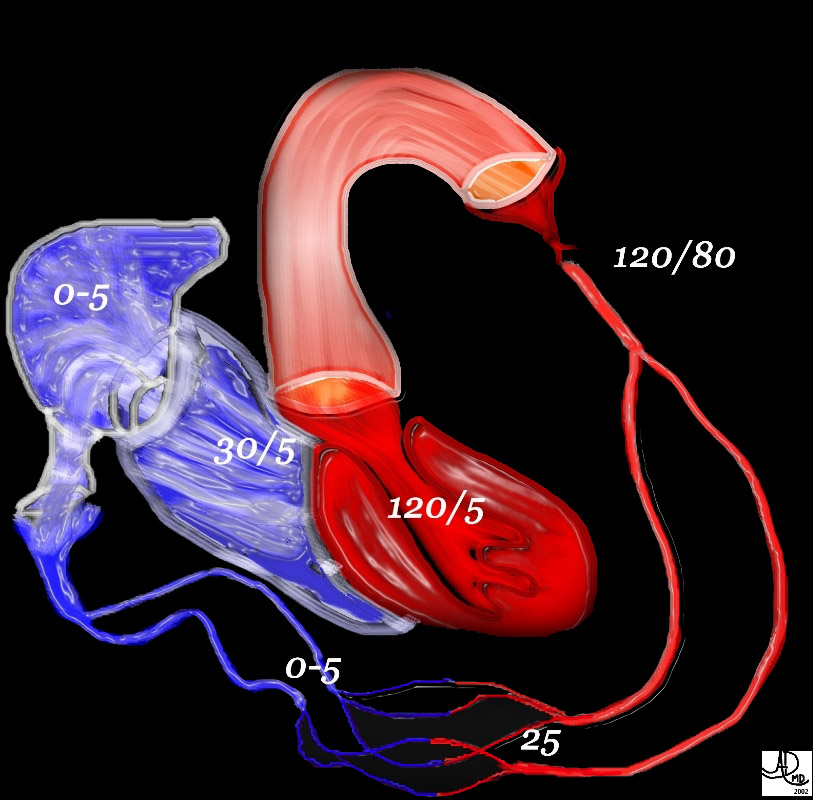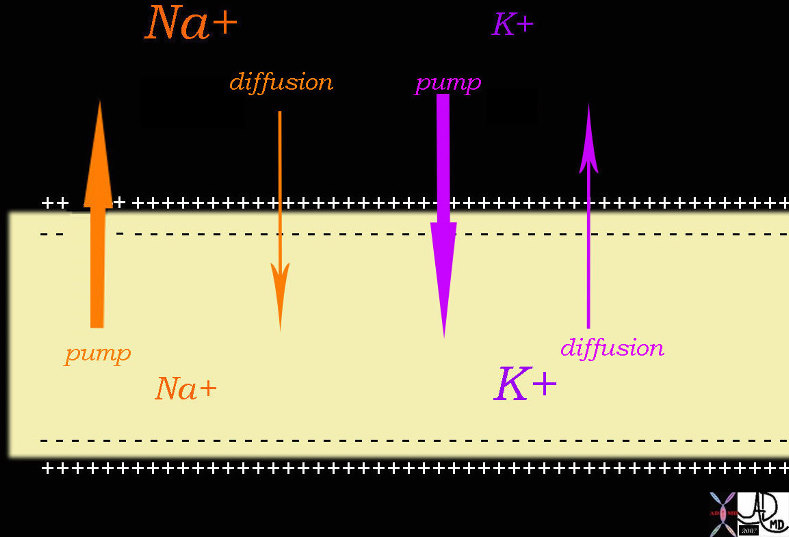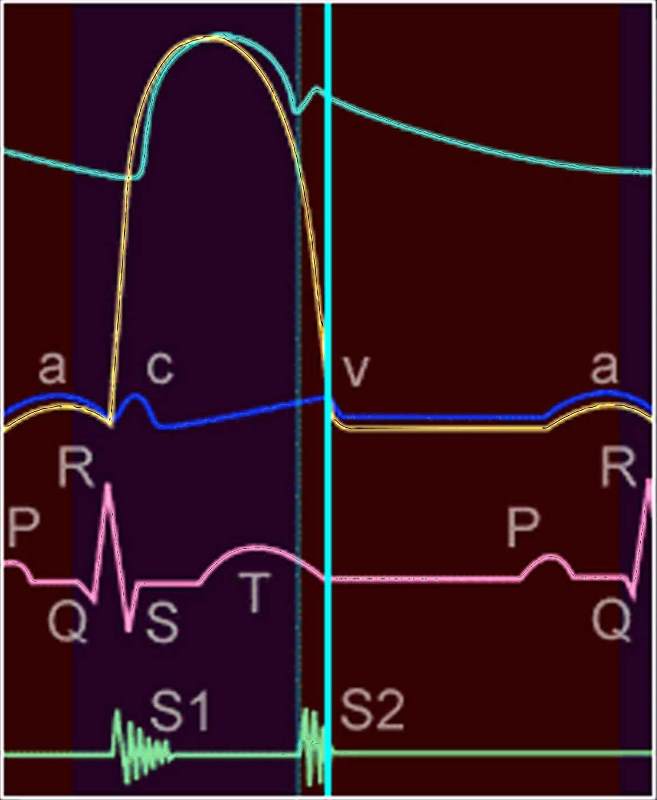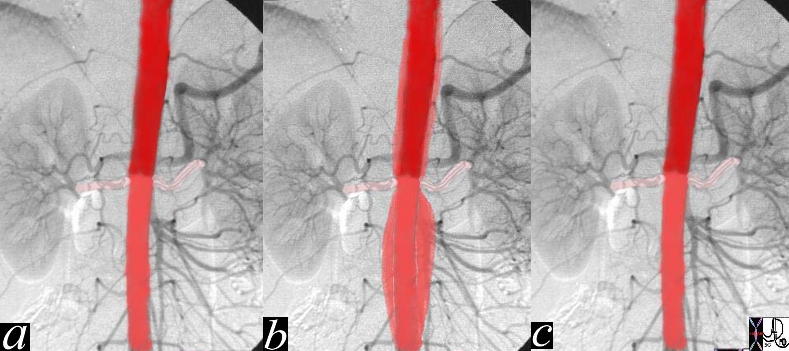
Key Words heart cardiac LV left ventricle aorta aortic systemic circulation capillary capillaries arterioles venules right atrium RA right ventricle RV normal physiology pressures hemodynamics
Ashley Davidoff MD TheCommonVein.net
49483b01
Key Words nerve conduction force electricity electric force positive force negative force sodium pump Na pump Patassium pump K+ pump diffusion conduction of impulses 72045b04.800
Ashley Davidoff MD TheCommonVein.net
Key Words heart cardiac physiology pressure EKG ECG pressure curves diagram LV aorta LA left atrium left ventricle systole diastole acv waves
33808b.800
Ashley Davidoff MD
Ashley Davidoff MD
THECOMMONVEIN.net
This CTscan shows a theoretical changes of the aortic wall during diastole (a) sytolic expansion (b) and return to normal in diastole (c) In systole (b) the suprarenal artery is expanded by the pulse but is relatively decompressed by the the low resistance and high flow renal arteries. The infrarenal aorta is relatively more expanded in systole (b) since the iliac arteries offer a relative resistance. This increased resistance causes the elastic tissue in the aorta to stretch (b) so that the recoil in diastole (c) results in a sustained forward moving force assisting the blood to get to their most distal destination ? the feet. When the aorta starts to lose its elasticity the recoil of systole gradually is weakened so that the aorta does not return to its normal diameter after each systolic expansion. Over many years this lack of recoil is progressive so that the resulting wall is weaker and dilated, until an aneurysm can be formed.
24877c03 key words CVS artery aorta AAA infrarenal circulatory elasticity recoil
Ashley Davidoff MD TheCommonVein.net
